Concrete and cement are the second most used substances on the planet, next to only water. With this popularity, it’s no wonder rising prices and rumors of a cement shortage are rocking the construction industry. With new infrastructure projects set to come online, a shortage of cement could significantly affect the scheduling of these projects and even whether they get built or not.
Contractors ultimately bear the burden of price hikes and material shortages. They must explain to their customers why they must charge more or even not be able to perform a job if cement is not available. To help contractors navigate this difficult time, we’ve put together a list of five tactics contractors can use to deal with rising costs and shortages. Hopefully these strategies will help ensure that they can perform the work and remain profitable doing so.
But first we’ll look at whether there is a cement shortage and, if there is, what may be causing it.
Is there a cement shortage?
If you ask contractors trying to provide cement and concrete to projects in the US if there is a cement shortage, the answer appears to be “yes.” As the construction industry came out of the slump caused by COVID, it has continued to boom for the past couple of years. All that construction has led to rising costs and material shortages across the board. Add in the new work created by Biden’s infrastructure bill, and you’ve got the recipe for a gap in supply.
The curious point is that demand for cement was expected to go down in 2023. The Portland Cement Association (PCA), which represents US cement manufacturers, called for a demand decline of 3.5% for 2023 in its fall 2022 cement consumption forecast. The organization cited rising interest rates, inflation, and continuing high unemployment as causes for the slowdown.
What is causing the cement shortage?
While no one really knows for sure what is causing the shortage, the general consensus is that it is being caused by residual effects from manufacturing shutdowns during the pandemic, supply chain delays, and the recent boom in construction.
Unless the industry voluntarily slows down its production, construction material shortages are likely to continue, including a cement shortage. Contractors need to be creative when it comes to dealing with these shortages and the higher costs that come along with them.
How to deal with higher cement costs and shortages?
- Seek out alternativesAre there alternative materials that can be used to reduce the need for cement and/or concrete on your project? Options may include increasing the amount of fly ash in the concrete or looking at using stone or clay bricks.
- Order concrete as early as possibleContact your local concrete plant as soon as you know the project schedule and try to lock in your major pours, if possible.
- Schedule work during non-peak seasonsIf your local climate requires concrete pours to be executed during a specific season of the year, this may not work, but if you are in a milder climate, you may be able to schedule concrete work early or late in the season to avoid the rush. Try to take advantage of non-peak times if you are able.
- Use material financingIf your materials pricing has gone through the roof and you don’t have the cash flow to pay for them, look at materials financing as an option. This financing pays for the materials you need, usually with more generous payback terms and interest rates than credit cards. Also, you can usually get a higher purchase limit than with a credit card.
- Raise your pricingWhen bidding for new work you can raise your prices to reflect the increase in costs. This allows you to maintain your profit margin. The downside, of course, is that customers may select a contractor with a lower price.
- Leverage an escalation clauseAn escalation clause in a contract allows a contractor to recoup the added expense if material costs rise by a certain percentage or more. It isn’t included in most contracts, so consider requesting it or adding it to your boiler plate terms and conditions. Having this clause to fall back on can help prevent job losses.
Contractors who use these strategies will help reduce the impact of the shortage on their businesses. Riding out the wave is probably the best overall strategy for dealing with these trends.
Are you looking to connect with additional suppliers to help ensure you get the best pricing and terms? PlanHub is a great place to meet new suppliers and request pricing, whether they’re in your area or not. Schedule a demo to find out how.




